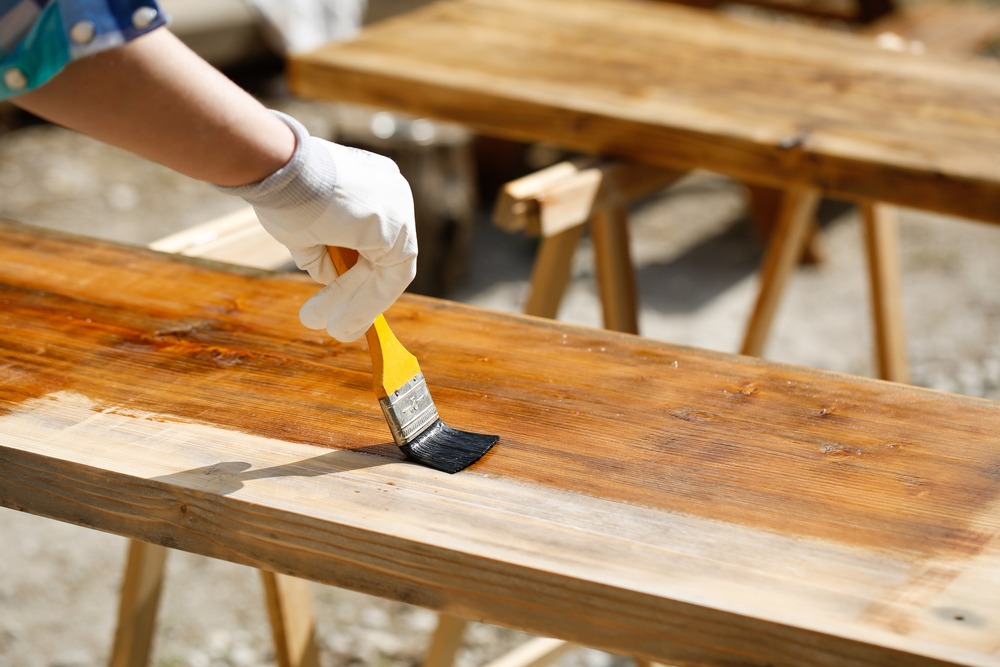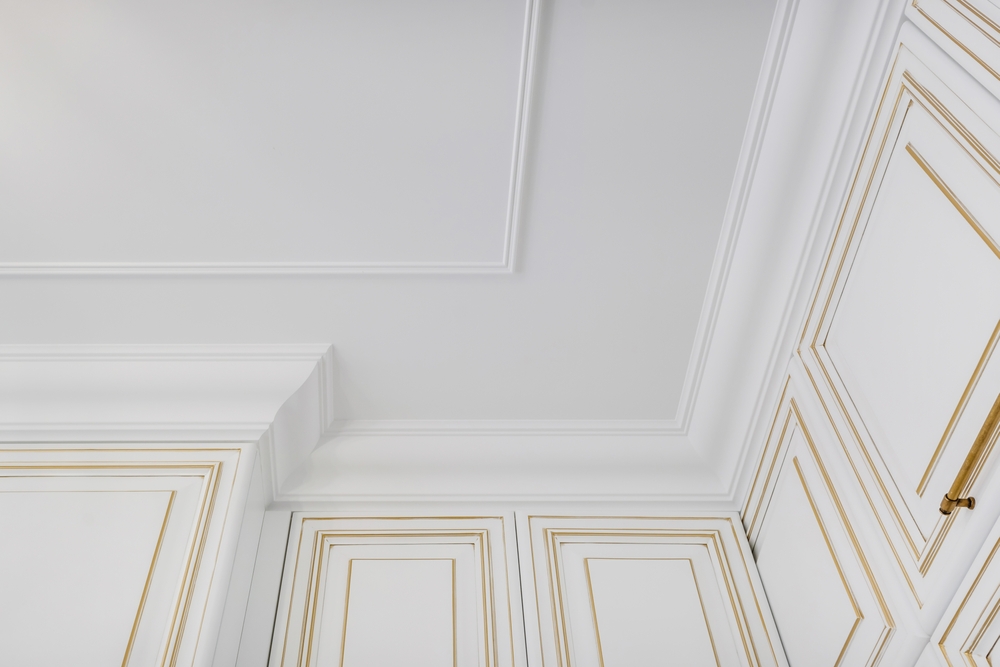Repointing Masonry
Repointing Masonry
Repointing masonry involves renewing the external part of mortar joints in brickwork, stone walls, or masonry. Over time, weathering and decay cause gaps in mortar joints, allowing water ingress, which may lead to structural damage. This important maintenance task ensures the integrity and longevity of structures.
Understanding Mortar and Its Role
Mortar acts as a binding agent between bricks, stones, or concrete blocks. It is made from a mix of sand, water, and a binder such as lime or cement. Mortar provides cushioning and adherence, evenly distributing loads and ensuring stability.
Masonry units, whether bricks or stones, rely on mortar to fill inconsistencies on their surfaces. Over time, mortar can deteriorate due to various factors like moisture, temperature fluctuations, or chemical reactions. Repointing is essential to restore and maintain the wall’s structural capabilities.
Identifying the Need for Repointing
Signs that repointing is required include visible cracks, gaps, and crumbling mortar. One can also scrape a key or screwdriver along the mortar line to check for dry and powdery mortar, which indicates weakness. Signs of water damage, such as damp patches on walls, can also signify deteriorating mortar joints.
Addressing these issues promptly can prevent further deterioration and costly repairs. Repointing adds years of life to a masonry structure and maintains its aesthetic appeal.
Tools and Materials Needed
- Mortar mix or individual components (sand, lime, cement)
- Trowel
- Mortar raking tool or angle grinder
- Mortar hawk or board
- Pointing trowel or tuck pointer
- Brushes (stiff and soft)
- Bucket
- Sponge
- Safety goggles and gloves
Preparation
Start by cleaning the area to remove dirt and debris. This ensures better adhesion of the new mortar. Use a wire brush or power washer for cleaning. Protect surrounding areas with tarps or plastic sheets to prevent staining.
Next, carefully remove the damaged mortar. Use a mortar raking tool or angle grinder, ensuring not to damage the masonry units. The depth of removal should be around twice the width of the joint, typically half an inch to three-quarters of an inch.
After removing old mortar, clean the joints with a brush to remove dust and loose particles. This provides a clean surface for the new mortar to bond effectively.
Mixing New Mortar
Proper mix consistency is crucial for durability and workability. Use pre-mixed mortar or create your mix with the correct proportions of sand, lime, and cement. Water ratio plays a key role – too much water weakens the mix, while too little makes it unworkable.
Mix mortar to a smooth, workable consistency. It should be stiff enough to hold its shape yet wet enough to be spread easily. Allow the mix to sit for a few minutes to ensure complete absorption of water by the dry ingredients.
Applying the New Mortar
Load a small amount of mortar onto a hawk or board. Using a pointing trowel, press mortar into the joints, ensuring it fills the gaps completely. Avoid large batches at once, as mortar cures quickly.
Work on a few feet at a time, checking for voids and gaps. Compensate for shrinkage by overfilling joints slightly, then smoothen to match existing profiles. Use gentle but firm pressure to achieve compaction and adhesion.
Finishing Touches
Allow the mortar to set until it becomes firm but not fully hardened. Use a pointing tool to match the profile of existing mortar joints. Brush or sponge away excess mortar, ensuring clean, crisp lines. Take care not to smear fresh mortar over the masonry surfaces.
Slow curing helps in preventing cracks. Mist the repointed joints with water several times a day for a few days to aid the curing process. This step is especially important in hot and dry conditions.
Maintenance and Longevity
Regular inspections and timely maintenance extend the lifespan of repointed masonry. Check periodically for signs of wear and damage. Address minor issues promptly to avoid extensive repairs. Keep the surrounding area well-drained and clean to mitigate excessive moisture exposure.
Proper repointing and maintenance keep masonry structures robust, aesthetically pleasing, and resistant to environmental stressors.




Subscribe for Updates
Get the latest articles delivered to your inbox.
We respect your privacy. Unsubscribe anytime.